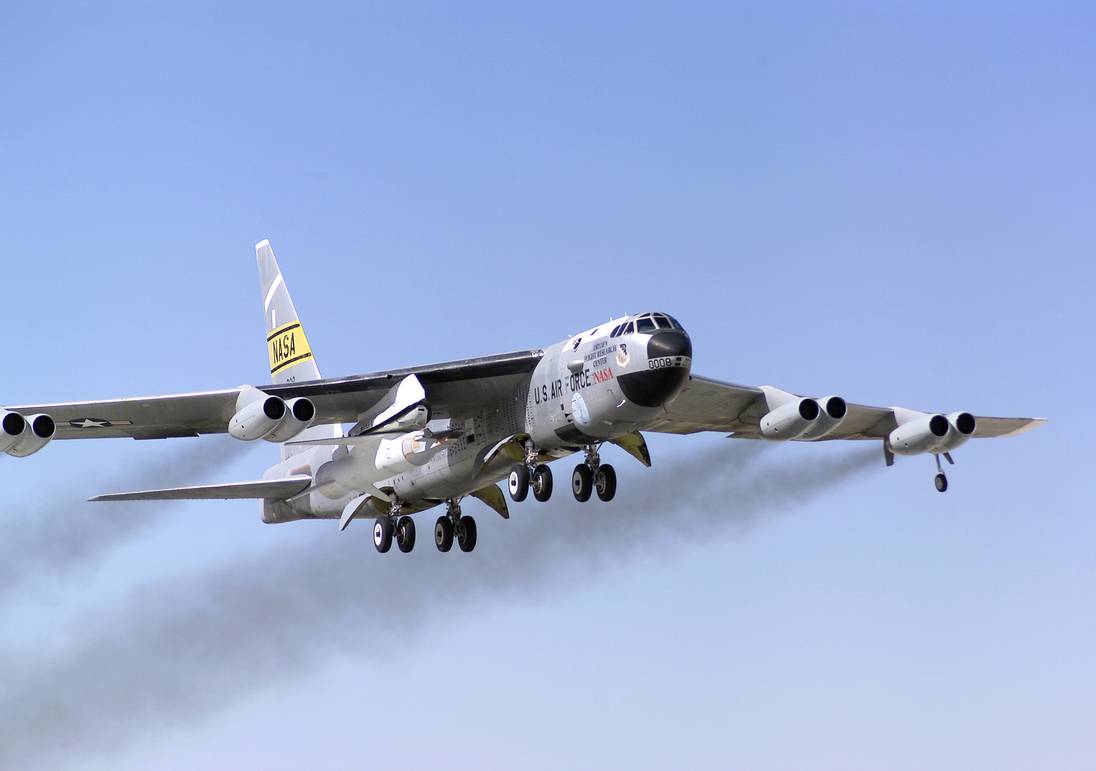Hckey2477
Well-Known Member
I understand that the critical engine is the engine that has the thrust line closest to the fuselage (correct me if that is incorrect). I also know that it is the engine that would mostly effect the performance and handling of the aircraft if failed.
But how do you actually determine which engine has the thrust line closest to the fuselage? Is this stated in the Ops. Manual? Thanks for the help.
But how do you actually determine which engine has the thrust line closest to the fuselage? Is this stated in the Ops. Manual? Thanks for the help.


